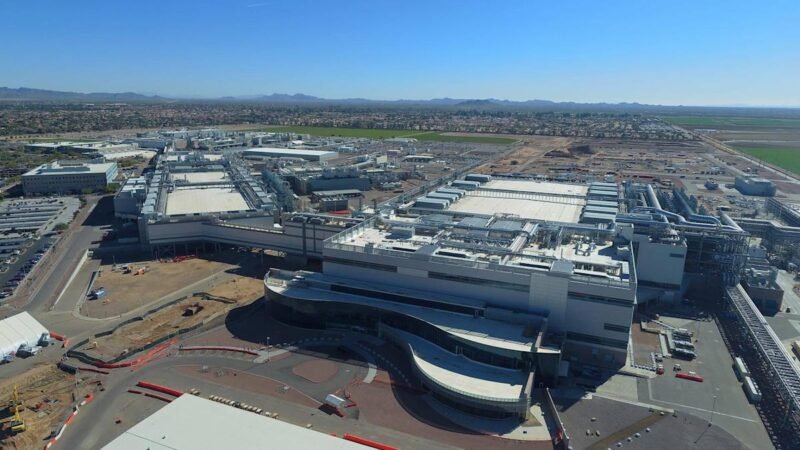Quick Takeaways
-
Yield Issues: Intel’s 18A chipmaking process is reportedly struggling with low yields and high defect rates, hindering its competitiveness against TSMC.
-
Investment Concerns: The company has invested billions into the 18A process but only achieved a five percent yield for Panther Lake chips, far below its targets of 10 percent this summer and 50 percent for scaling production.
-
Management’s Confidence: Despite these challenges, Intel maintains that 18A will be foundational for upcoming products, with executives asserting that yields will improve over time.
- Workforce Cuts: Intel is facing significant challenges, including a 20 percent workforce reduction by year-end, following previous job cuts, as it works to stabilize its operations under new leadership.
Intel’s Next-Gen Manufacturing Process Faces Challenges
Intel’s pursuit of its next-generation chip manufacturing process, known as 18A, is reportedly encountering significant difficulties. According to Reuters, the company struggles with low yields and high defect rates in this crucial technology, which it hopes will help it catch up to rival TSMC.
Intel has heavily invested billions in the 18A process, aiming for a breakthrough with its Panther Lake chips. However, past reports indicate mixed results. Last year, Broadcom expressed dissatisfaction with initial test runs, raising concerns about the process’s reliability. Despite these challenges, Intel remains optimistic. The company asserts that 18A is on schedule for a major product launch later this year.
“Our performance and yield trajectory gives us confidence this will be a successful launch,” Intel stated recently. Yet, this optimism faces an uphill battle. Typically, Intel aims for at least 50 percent yield before scaling production, seeking higher profits at 70 to 80 percent yields. Reports suggest that Panther Lake chips have only reached a disappointing five percent yield, falling short of the company’s goal of ten percent by summer.
On a positive note, an Intel spokesperson highlighted the project’s potential: "18A will be the foundation of multiple generations of client and server products." This optimistic outlook aligns with insights from Intel’s Chief Financial Officer, David Zinsner. He previously indicated that yield improvements often take time, suggesting that Intel still holds hope for future success.
The transition to the 18A process is ambitious. It merges new manufacturing techniques with advanced transistor designs. This risky approach is crucial for attracting future business, particularly as Intel prepares for its upcoming 14A process. However, analysts warn that failure to secure contracts for 14A could jeopardize the company’s position in chip manufacturing.
Challenges abound for Intel, which plans to reduce its workforce by 20 percent by the end of 2023, following earlier cuts of 20,000 jobs. Leadership changes, including the appointment of a new CEO, signal intense efforts to stabilize and innovate.
Though Intel navigates these hurdles, the success of its next-gen manufacturing could ultimately drive advances in technology. As cities evolve into smart ecosystems, resilient chip manufacturing becomes essential for supporting the infrastructure of urban innovation. With swift advancements, there remains hope for Intel to play a pivotal role in shaping the future of technology.
Continue Your Tech Journey
Explore the future of technology with our detailed insights on Artificial Intelligence.
Access comprehensive resources on technology by visiting Wikipedia.
GadgetsV1

